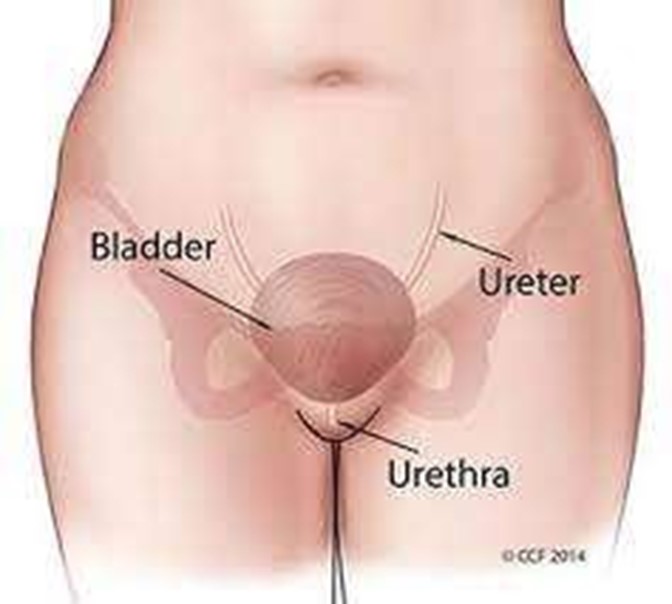A nurse is collecting data from a client who is recovering from a recent stroke.
Which of the following findings should indicate to the nurse the need for a referral to a speech-language pathologist?
Coughing while eating.
Fine motor tremors.
Facial flushing.
Urinary incontinence.
The Correct Answer is A
Coughing while eating after a stroke may be caused by dysphagia, a swallowing disorder that can lead to aspiration, pneumonia and infection. A speech-language pathologist can assess and treat dysphagia and help the client improve their swallowing function.
Choice B is wrong because fine motor tremors are not related to speech or language problems.
They may be caused by damage to the cerebellum or basal ganglia, parts of the brain that control movement and coordination.
Choice C is wrong because facial flushing is not related to speech or language problems.
It may be caused by high blood pressure, fever, anxiety or other conditions.
Choice D is wrong because urinary incontinence is not related to speech or language problems.
It may be caused by damage to the spinal cord, bladder, pelvic floor muscles or nerves that control urination.
Nursing Test Bank
Naxlex Comprehensive Predictor Exams
Related Questions
Correct Answer is B
Explanation
Ask the client to empty their bladder.

This is because a full bladder can interfere with the pelvic examination and cause discomfort to the client. The nurse should also instruct the client to avoid douching, using tampons, vaginal medications, sprays, powders, birth control foam, cream, or jelly for at least 24 hours before the exam.
Choice A is wrong because the client should be placed in a lithotomy position, not a prone position, for a pelvic examination.
Choice C is wrong because douching can alter the normal vaginal flora and pH, and increase the risk of infection.
Choice D is wrong because placing the client’s arms over their head can tighten the abdominal muscles and make the examination more difficult. The nurse should ask the client to place their arms at their sides or across their chest.
Correct Answer is D
Explanation
Bleach.

According to the CDC, bleach is an effective disinfectant for environmental surfaces contaminated with blood or body fluids from a person with AIDS or other bloodborne pathogens. Bleach can kill HIV and hepatitis viruses when used in a 1:10 dilution with water.
Choice A is wrong because isopropyl alcohol is not recommended for disinfecting environmental surfaces. It can evaporate quickly and may not have enough contact time to kill the pathogens.
Choice B is wrong because chlorhexidine is an antiseptic, not a disinfectant. It is used for skin cleansing or wound irrigation, but it is not effective against spores or non-enveloped viruses.
Choice C is wrong because hydrogen peroxide is a low-level disinfectant that can be inactivated by organic matter.
It is not suitable for disinfecting surfaces contaminated with blood or body fluids.
Whether you are a student looking to ace your exams or a practicing nurse seeking to enhance your expertise , our nursing education contents will empower you with the confidence and competence to make a difference in the lives of patients and become a respected leader in the healthcare field.
Visit Naxlex, invest in your future and unlock endless possibilities with our unparalleled nursing education contents today
Report Wrong Answer on the Current Question
Do you disagree with the answer? If yes, what is your expected answer? Explain.
Kindly be descriptive with the issue you are facing.
